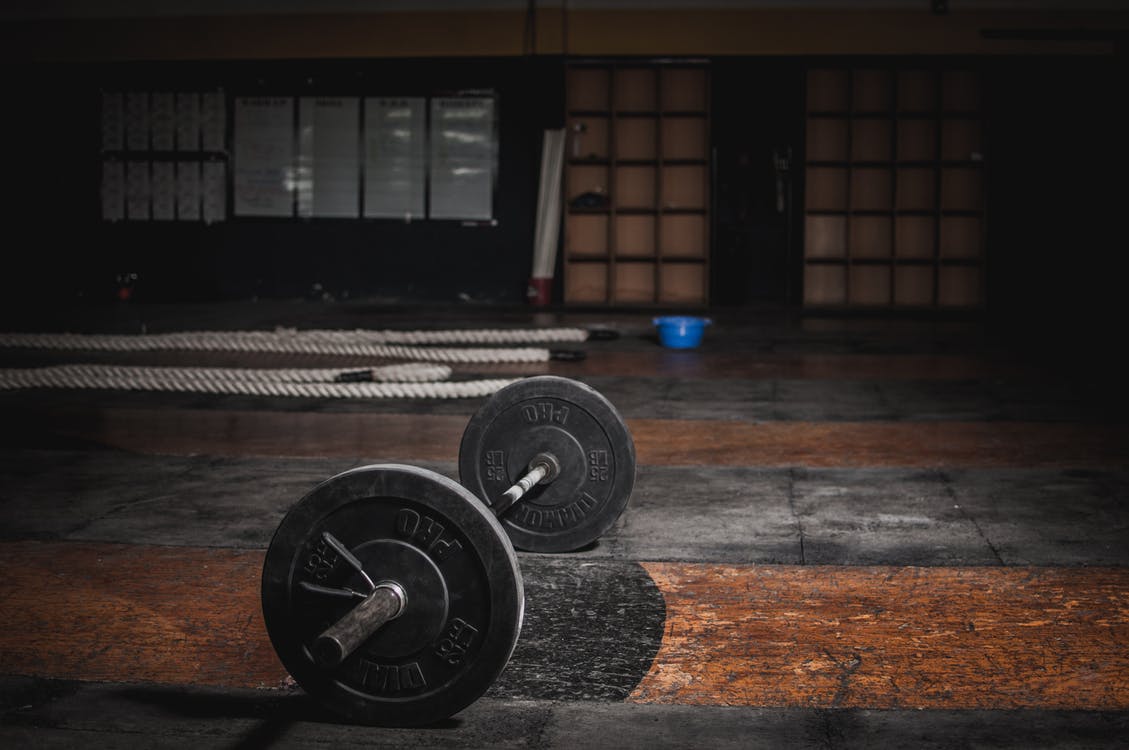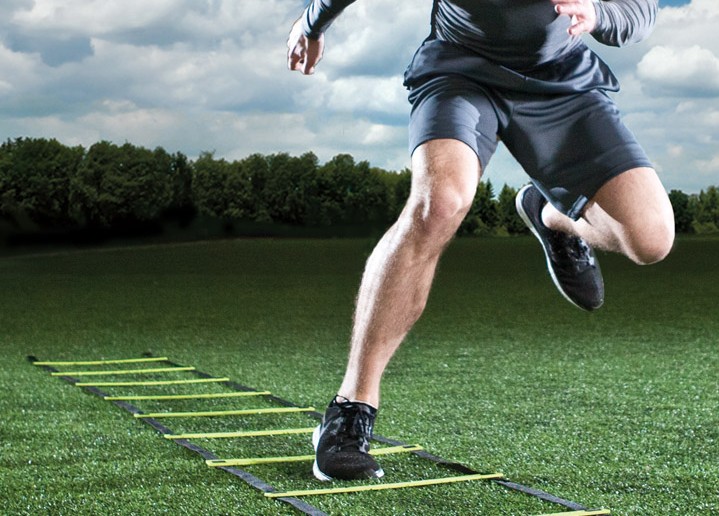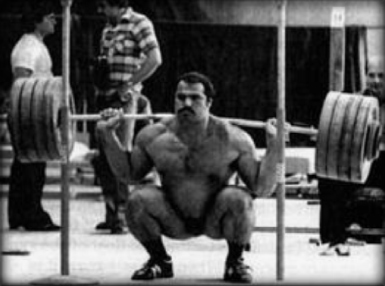For as long as I’ve been involved in strength and conditioning there has been a debate raging about the value of multiple sets. There has always been a “high intensity” group that promotes performing only one set per exercise. The rationale is that if that set is performed intensely enough (i.e. to failure) then it is more beneficial than performing the traditional three sets on each exercise.
There have been a lot of popular books and magazine articles written about this one and people have been as passionate about this as they are about anything else that they believe. Cintineo et al in the Journal of Strength and Conditioning Research study this topic in an acute setting. In other words, they are studying what is going on during and after an exercise session that either involves using three sets or involves performing one set to failure.
The authors studied college-aged subjects with a minimum of a year of resistance training under their belt. Subjects performed the leg press, leg extension, Romanian deadlift, prone leg curl, seated abduction, and seated calf raises. They either performed three sets at their 10RM (90 seconds rest between sets) or they performed one set to failure at 75-85% of 10-RM, using a 2 second concentric and 4 second eccentric cadence (the HIT group).
Results:
- The three set group had a greater peak heart rate (~182 bpm) compared to the HIT group (~172 bpm).
- The lactate response was between 14% and 49% greater in the three set group than the HIT group.
- The three set group had a greater increase in salivary testosterone at zero minutes post exercise and 30 minutes post exercise than the HIT group (~18% and 20% greater). Both groups were the same pre exercise and 60 minutes post exercise.
- The three set group had a greater increase in salivary cortisol than the HIT group at 0 minutes post exercise, 30 minutes post exercise, and 60 minutes post exercise (ranges from 75% greater to 128% greater depending upon time period). Both groups were the same pre exercise.
First, there’s an important limitation. The authors are unable to say that one type of exercise session is “better.” The only thing the authors can draw conclusions about is the acute effects, this was not a long-term study and we don’t know how it will ultimately impact hypertrophy or strength.
Now, having noted the limitations what does this study tell us? It tells us that in the short term, the three set approach is more stressful than the HIT approach. We know this because heart rate, cortisol, and lactate are elevated greatly compared to the HIT approach. It also tells us, that in the short term, the three set approach results in greater salivary testosterone than the HIT approach, which we want for promoting strength and muscle growth.
Athletes, in an athletic program, using athletic strength and conditioning protocols are not being studied. This means we cannot easily apply this study to an athletic population. The HIT approach breaks down with athletic programs. First, it focuses often on exercises that it is difficult to “mass produce.” For example, with 30-100 athletes in the weight room at one time combined with very limited and regulated time I would not spend that time on leg extensions, seated abductions, seated calf raises, prone leg curls, etc. Not only is that time, it requires a huge amount of equipment that can only be used for one exercise (you’d need 10-25 prone leg curls alone to use with 30-100 athletes at one time!).
Second, even with motivated personal training clients it is difficult to get them to exercise to failure for one “all out” set. Now apply this to a huge number of athletes and you have a challenge. And if they don’t go all out on their set, then it was a waste of their time.
Finally, approaching training “all out” sounds good until you consider that it is also a great way to break athletes. Remember, our ultimate goal isn’t to make great weight room warriors, it’s to use the weight room to help provide athletes with the physical tools to be better at their sport. If we break them in the weight room then they can’t compete in their sport and we failed them.
Cintineo, H.P., Freidenreich, D.J., Blaine, C.M., Cardaci, T.D., Pelegrino, J.K., and Arent, S.M. (2018). Acute physiological responses to an intensity-and time-under-tension –equated single vs. multiple-set resistance training bout in trained men. Journal of Strength and Conditioning Research, 32(12): 3310-3318.




